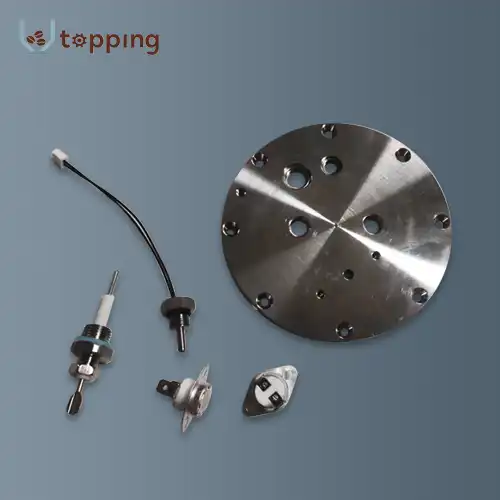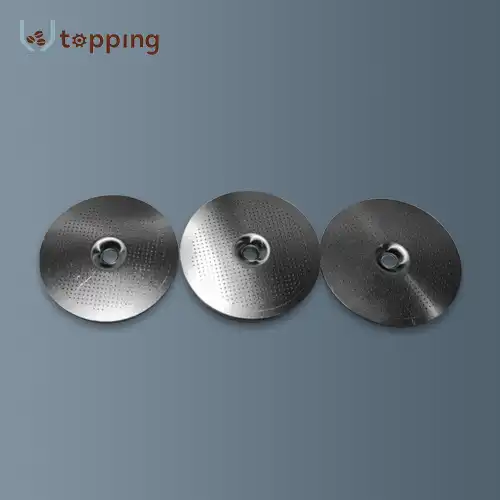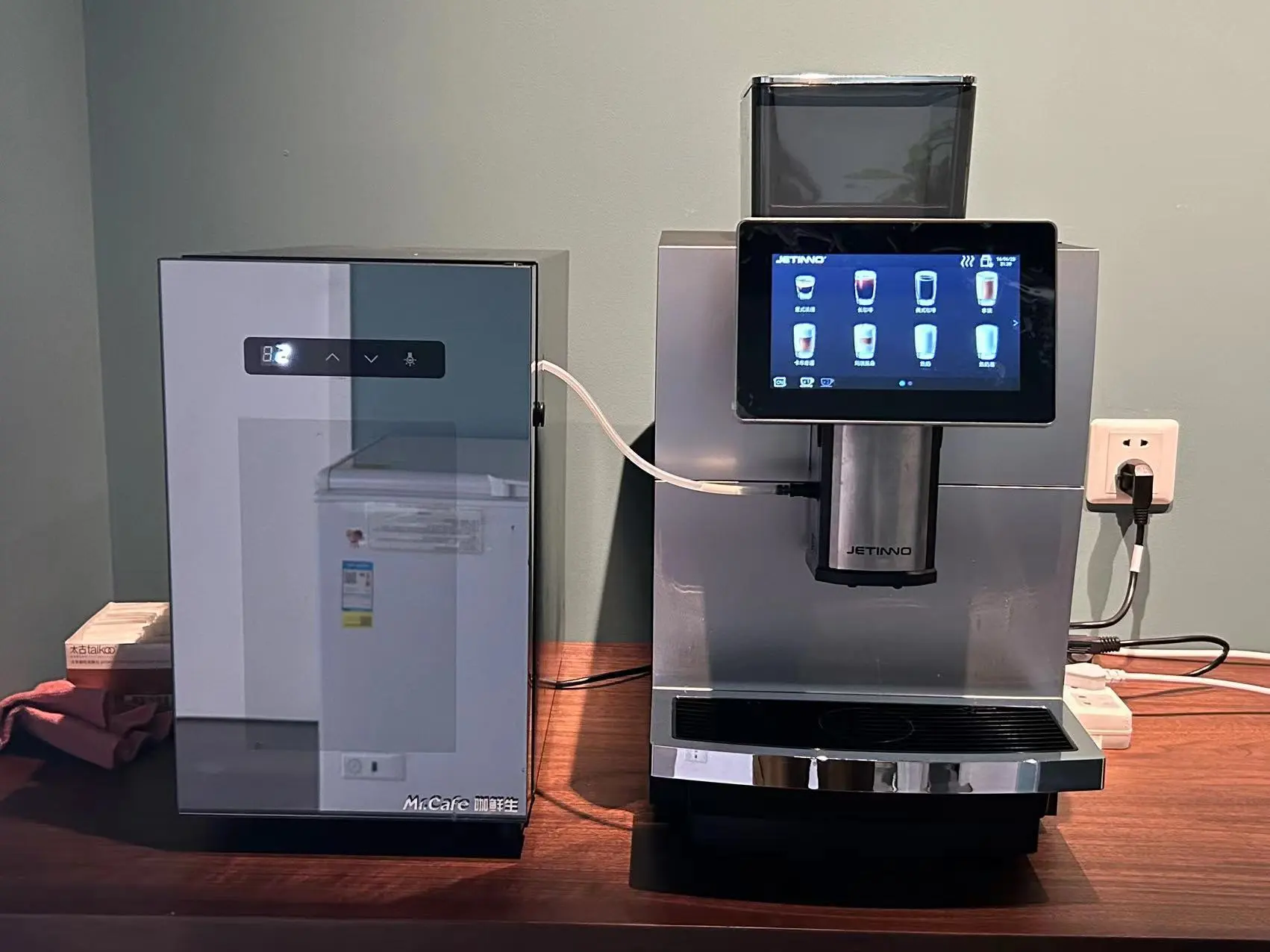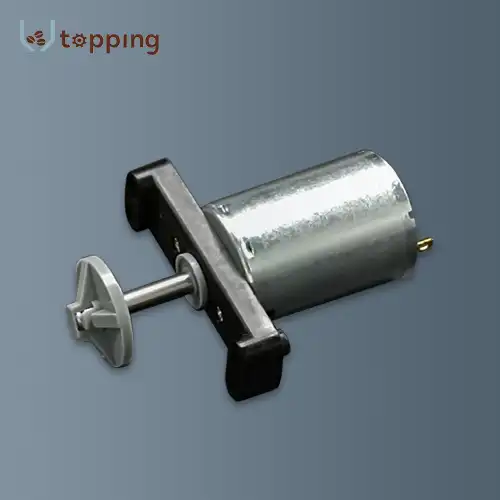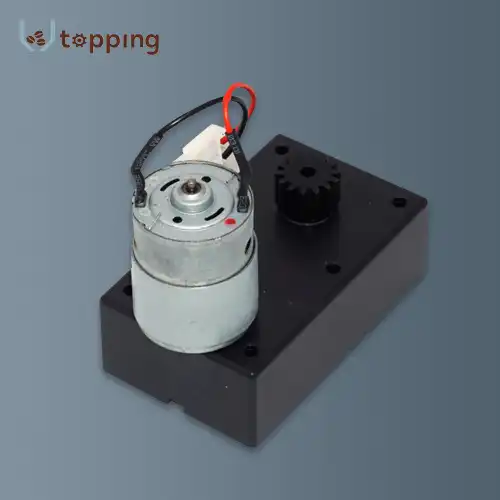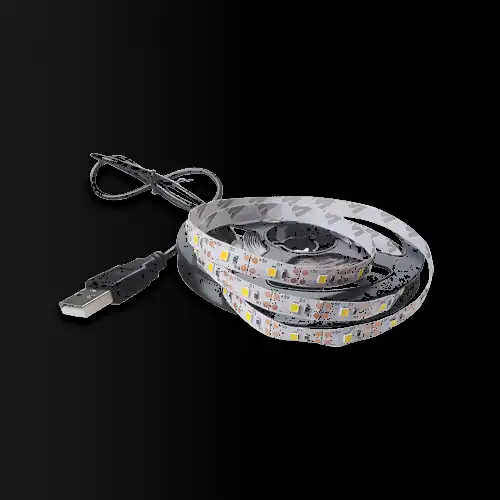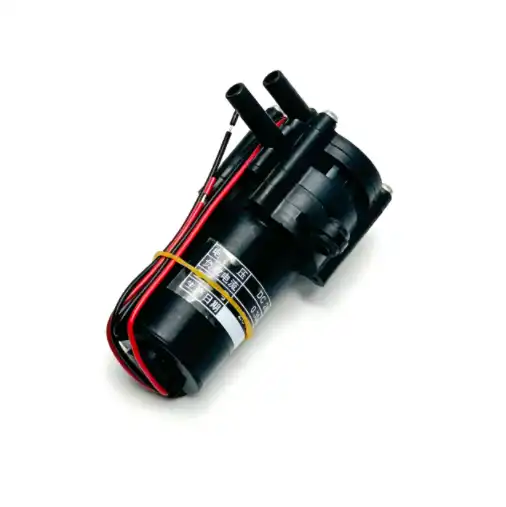What is the difference between a filter and a coffee sieve?
2024-09-10 15:37:50
Coffee lovers are always on the quest for the perfect cup of joe. In this pursuit, they often encounter various tools and equipment designed to enhance the brewing process. Two such tools that play crucial roles in coffee preparation are filters and sieves. While both serve the purpose of separating coffee grounds from the liquid, they have distinct functions and applications. This article will explore the differences between coffee filters and coffee sieves, helping you understand their unique roles in creating your ideal brew.
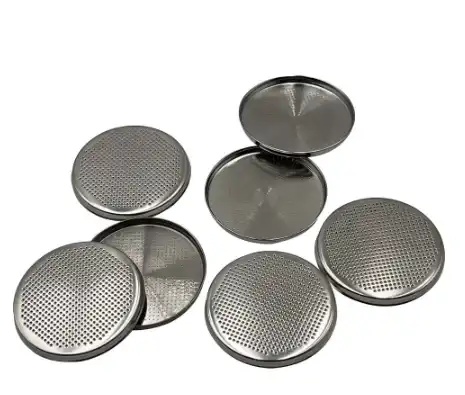
Function
The primary function of a coffee filter is to act as a barrier between coffee grounds and the brewed coffee. As hot water passes through the grounds, the filter traps the solid particles while allowing the liquid coffee to flow through. This process results in a clean, sediment-free cup of coffee. Filters are designed to capture even the finest coffee particles, ensuring a smooth drinking experience.
On the other hand, coffee sieve serves a different purpose. They are typically used after the brewing process to remove any larger particles or residues that may have made their way into the brewed coffee. Sieves have larger openings compared to filters, allowing them to catch coarser grounds or debris while letting the liquid coffee pass through. This additional step can be particularly useful when using brewing methods that don't employ filters or when extra clarity is desired in the final cup.
The difference in function between filters and sieves is rooted in their design and the size of the particles they're meant to separate. Filters are engineered to trap particles as small as 20 microns, while coffee sieves generally have mesh sizes ranging from 100 to 1000 microns. This difference allows filters to produce a cleaner cup, while sieves offer a final refining touch to the brewing process.
Usage
Coffee filters are an essential component in several popular brewing methods. They are most commonly associated with drip coffee makers, where the filter holds the ground coffee and allows water to pass through, extracting flavors and oils. Pour-over brewing, another widely used technique, also relies heavily on filters. In this method, hot water is manually poured over coffee grounds contained in a filter, allowing for greater control over the extraction process.
French press and cold brew methods typically don't use filters during the main brewing process. However, some coffee enthusiasts choose to use a fine mesh sieve after brewing to remove any remaining fine particles, resulting in a cleaner cup. This step is especially useful for those who prefer a smoother texture without the characteristic sediment often found in French press coffee.
Coffee sieves, while not as integral to the brewing process as filters, play a valuable role in certain coffee preparation techniques. They are particularly useful in manual brewing methods like the Chemex or when using a French press. After brewing, coffee can be poured through a sieve to catch any escaped grounds or oils, refining the final product. Some baristas also use sieves to achieve a more uniform grind size, which can lead to more consistent extraction and flavor.
In espresso preparation, sieves are sometimes used to distribute ground coffee evenly in the portafilter basket. This technique, known as sieving or dosing, can help achieve a more uniform extraction and potentially improve the quality of the shot. While not a mandatory step, it's a practice adopted by some specialty coffee shops and enthusiasts to enhance their espresso-making process.
Material And Design
Coffee filters come in a variety of materials and designs, each tailored to specific brewing methods or personal preferences. The most common types are paper filters, which are disposable and come in bleached (white) or unbleached (brown) varieties. These are widely used in drip coffee makers and pour-over methods. Paper filters are known for producing a clean, crisp cup of coffee by trapping oils and fine particles.
Reusable filters, often made of fine mesh metal or cloth, offer an eco-friendly alternative to paper filters. Metal filters, typically made of stainless steel or gold-plated materials, allow more oils and micro-grounds to pass through, resulting in a fuller-bodied cup of coffee. Cloth filters, such as those used in traditional coffee sock brewing methods, strike a balance between paper and metal filters in terms of flavor and body.
Coffee sieves, on the other hand, are generally more versatile in their design and application. They are typically made of stainless steel or other durable materials that can withstand repeated use and cleaning. The mesh size of a sieve can vary, allowing users to choose the level of filtration they desire. Some sieves are designed with multiple layers of mesh, offering different degrees of filtration in a single tool.
Unlike filters, which are often designed to fit specific brewing devices, sieves can be used with various coffee preparation methods. They can range from simple handheld meshes to more sophisticated devices with stands or handles for easier pouring. This versatility makes sieves a valuable addition to any coffee enthusiast's toolkit, providing flexibility in refining the final product across different brewing techniques.
Coffee Sieve Manufacturers
When it comes to choosing a coffee sieve, quality and durability are paramount. Topping Motor is one manufacturer that specializes in coffee equipment, including stainless steel coffee sieves. Their products are designed to withstand the rigors of daily use while providing consistent performance. If you're in the market for a reliable coffee sieve manufacturer, you can reach out to Topping Motor at sales@huan-tai.org for more information about their offerings.
In conclusion, while both coffee filters and sieves play important roles in coffee preparation, they serve distinct purposes and are used at different stages of the brewing process. Filters are essential for many brewing methods, trapping fine particles to produce a clean cup, while sieves offer a versatile tool for refining and perfecting the final product. Understanding the differences between these tools can help coffee enthusiasts choose the right equipment for their preferred brewing method and desired flavor profile. Whether you're a casual coffee drinker or a dedicated aficionado, incorporating both filters and coffee sieves into your coffee routine can elevate your brewing experience and help you achieve that perfect cup of coffee.
References
1. Specialty Coffee Association. (2023). "Brewing Fundamentals."
2. Rao, S. (2017). "The Professional Barista's Handbook: An Expert Guide to Preparing Espresso, Coffee, and Tea." Scott Rao.
3. Hoffmann, J. (2018). "The World Atlas of Coffee: From Beans to Brewing - Coffees Explored, Explained and Enjoyed." Mitchell Beazley.
4. National Coffee Association. (2023). "The History of Coffee."
5. Barista Hustle. (2022). "Understanding Coffee Extraction."
6. Perfect Daily Grind. (2023). "A Guide to Coffee Filters."
Send Inquiry
Related Industry Knowledge
- What is the replacement cycle of the Coffee Machine O Rings?
- Why do we use volumetric counter?
- How stable is Control Board For Vending Machine over different temperature and voltage ranges?
- Are Automatic Cup Dispensers More Efficient Than Manual Ones?
- What kind of motors do vending machines use?
- Coffee Sieve Sizes
- How to use a Coffee Vending Machine Ingredient Canisters?
- What Factors Influence the Selection of Mixing Systems for Vending Machines?
- Do coffee machines have built in grinder?
- What does a solenoid valve do in an espresso machine?

.webp)
